The term “working royal” gets tossed around a lot when talking about the British monarchy, but most people don’t fully understand what it means. It’s not about having a job outside the palace or clocking in hours at a desk. Instead, being a working royal means officially representing the Crown at public engagements and ceremonial duties, full-time. But only a select few qualify, and the reasons go beyond birthright. Let’s break down exactly what it means to be a working royal and why that title doesn’t apply to every Windsor
What Exactly Is a Working Royal?
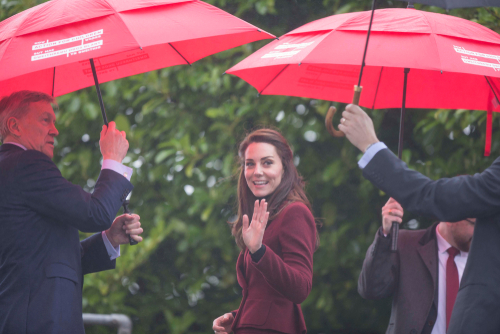
A working royal is a full-time member of the royal family who carries out official duties on behalf of the monarch. These duties include attending state functions, supporting charities, hosting dignitaries, opening hospitals, and even standing in for the King at key events. Working royals are paid using public funds, typically through the Sovereign Grant. In return, they are expected to follow strict protocols, avoid political controversy, and devote their lives to the service of the monarchy. They often become patrons of multiple organizations and are scheduled for dozens to hundreds of engagements each year. The role is not ceremonial fluff, it’s time-consuming, highly visible, and closely scrutinized.
Who Qualifies as a Working Royal?
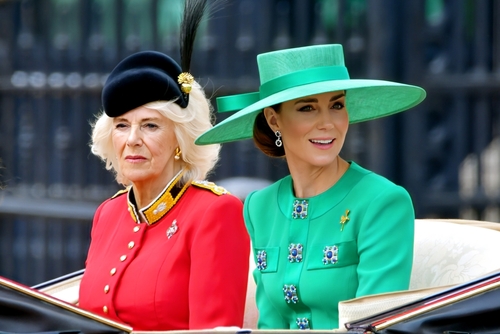
Not every royal gets the working title. Generally, it’s limited to those directly in line to the throne and their spouses. For example, King Charles III, Queen Camilla, Prince William, and Princess Catherine are all working royals. So are Princess Anne, Prince Edward, and his wife Sophie, Duchess of Edinburgh. Each plays a defined role within the institution, and their activities are logged in annual reports. Other family members, such as Princesses Beatrice and Eugenie or Zara Tindall, are not considered working royals. Even though they attend some royal events, they don’t carry out official engagements in an ongoing capacity.
Why Aren’t All Royals Working Royals?
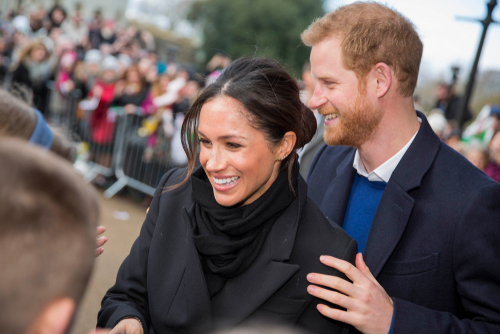
There are several reasons. First, there’s the issue of public funding. Not every family member can be on the royal payroll. The monarchy has scaled back its official lineup to keep costs, and criticism, low. The late Queen Elizabeth II started the trend of a “slimmed-down monarchy” and King Charles III has continued it. Second, personal choice plays a role. Some royals have opted for private lives and careers outside the royal fold. For instance, Prince Harry and Meghan Markle stepped back from their roles as working royals in 2020. Others, like Peter Phillips and Lady Louise Windsor, were never given titles or expectations to serve full-time.
What Do Working Royals Actually Do?

Their calendars are packed. A working royal might attend local events like a school opening one day and represent the Crown at a foreign embassy the next. Some engagements are ceremonial, like Trooping the Colour or state banquets, while others are more grassroots, involving hospital visits or charity work. Each royal tends to champion specific causes. Princess Anne, for instance, is known for her work with Save the Children. Prince William has focused on mental health and homelessness. These patronages are not symbolic, they include real advocacy, meetings, and appearances year-round.
Read More: King Charles’ Strange Lunch Request That’s Left The Royal Staff Baffled For Years
Are Working Royals Paid?
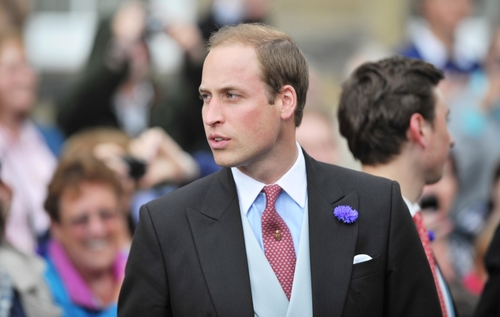
Yes, but not in the way most jobs are. Working royals receive funding through the Sovereign Grant, which is taxpayer money administered by the government. This grant helps cover the cost of official travel, staffing, security, and household expenses related to their royal work. The money doesn’t go straight into their pockets like a salary, but they do enjoy royal residences, protection, and logistical support funded by the state. In return, they are expected to stay out of commercial business ventures and refrain from voicing political opinions.
Can a Royal Lose Their Working Status?

Absolutely. A royal can be removed or step back from their duties, temporarily or permanently. When Prince Andrew faced public backlash over his association with Jeffrey Epstein, he was stripped of his patronages and military roles and ceased to be a working royal. Similarly, when Harry and Meghan decided to move to North America, they negotiated an exit from their royal responsibilities. This shift meant they no longer represented the Crown and lost access to certain privileges.
What’s the Difference Between a Working and Non-Working Royal?
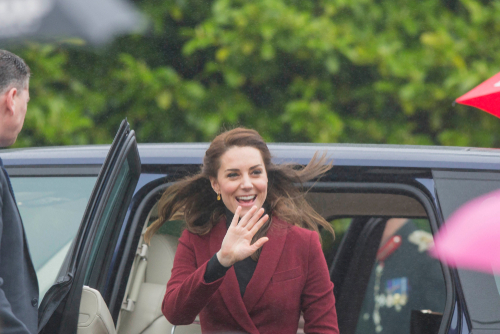
The simplest difference is public duty. A working royal has a schedule filled with official engagements and is publicly funded. A non-working royal may attend occasional family events or royal ceremonies, but they are not expected to uphold the monarchy in a formal capacity. Non-working royals also have more freedom to pursue private careers or speak openly on issues. But they typically don’t have access to public funds or royal staff and are not considered part of the “Firm,” the core team of royals who keep the monarchy running.
Why Does the Palace Keep the Working Royal List Small?
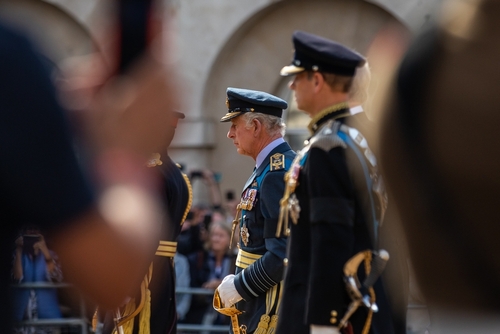
Keeping the list small is both political and practical. A lean monarchy appears more modern and cost-effective, which helps justify the continued existence of a taxpayer-funded royal family. It also limits public criticism of “freeloading” royals who appear at events but contribute little. By focusing on a few hard-working, high-profile royals, the Palace can show value for money. It also simplifies succession planning and ensures consistency in representation both at home and abroad.
Do Other Monarchies Have Working Royals?
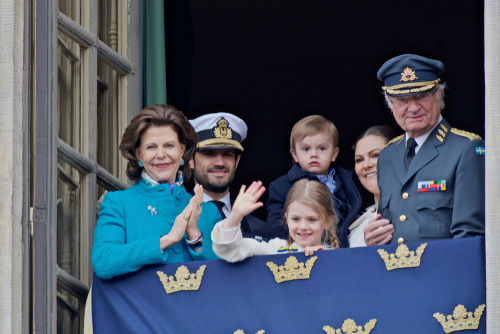
Yes, but the concept varies. In Sweden, Norway, Denmark, and the Netherlands, working royals perform similar duties and are also supported by public funds. These countries also have slimmed-down royal families, where only the immediate heirs take on state roles. In Japan, the imperial family performs ceremonial duties but adheres to a much more rigid and private protocol. Their working royals are rarely seen outside of official ceremonies and national events.
Could the Role of Working Royals Change?
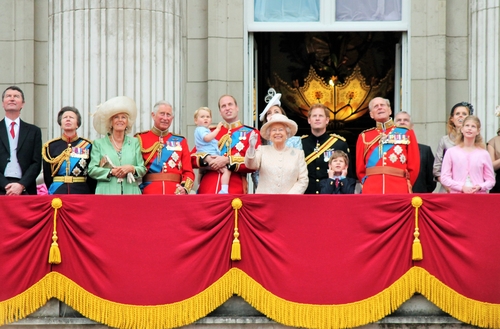
It already is. With modern scrutiny, public expectations have shifted. Today’s working royals are expected to be relatable, transparent, and politically neutral. Social media plays a bigger role in how they engage the public, and causes like climate change and mental health are now front and center. There’s also pressure to reduce the monarchy’s cost and footprint. This means future generations may see even fewer working royals or a more part-time, hybrid model. Prince George, Princess Charlotte, and Prince Louis may eventually face a very different kind of royal career.
Final Thoughts

Being a working royal is less about titles and more about responsibility. It’s a job, not a perk, and one that only a few family members are trusted to hold. With the monarchy evolving in a modern world, the role continues to shift, but the core expectation remains the same, to serve, represent, and uphold the Crown. Not everyone qualifies, and that’s by design. If you’re curious about which royals are still active and how their roles compare, the official royal family website at royal.uk provides an up-to-date list of current working royals and their engagements.
Read More: The Hidden Royal Sister of the Windsor Family

